Important Functions in OpenCV
Overview
OpenCV (Open-Source Computer Vision Library) is an open-source computer vision and machine learning software library. It contains more than 2500 optimized algorithms, including a comprehensive set of both classic and state-of-the-art computer vision and machine learning algorithms. OpenCV can be used for real-time image processing, object detection, face recognition, and many other applications. It is written in C++, but also has interfaces for Python, Java, and MATLAB. OpenCV is widely used in research, academia, and industry and is constantly updated and improved by a large community of developers.
Introduction
OpenCV's functions in Python are the fundamental building blocks of the library, providing low-level operations for manipulating and processing images and matrices. These functions form the backbone of OpenCV and are used by many of the higher-level functions and algorithms in the library.OpenCV provides functions for reading and writing images and videos in various formats.OpenCV also provides a set of basic image processing functions, such as image arithmetic, pixel manipulation, and color space conversion. A set of functions for performing matrix operations, such as addition, subtraction, multiplication, and inversion is also performed by OpenCV functions in Python.
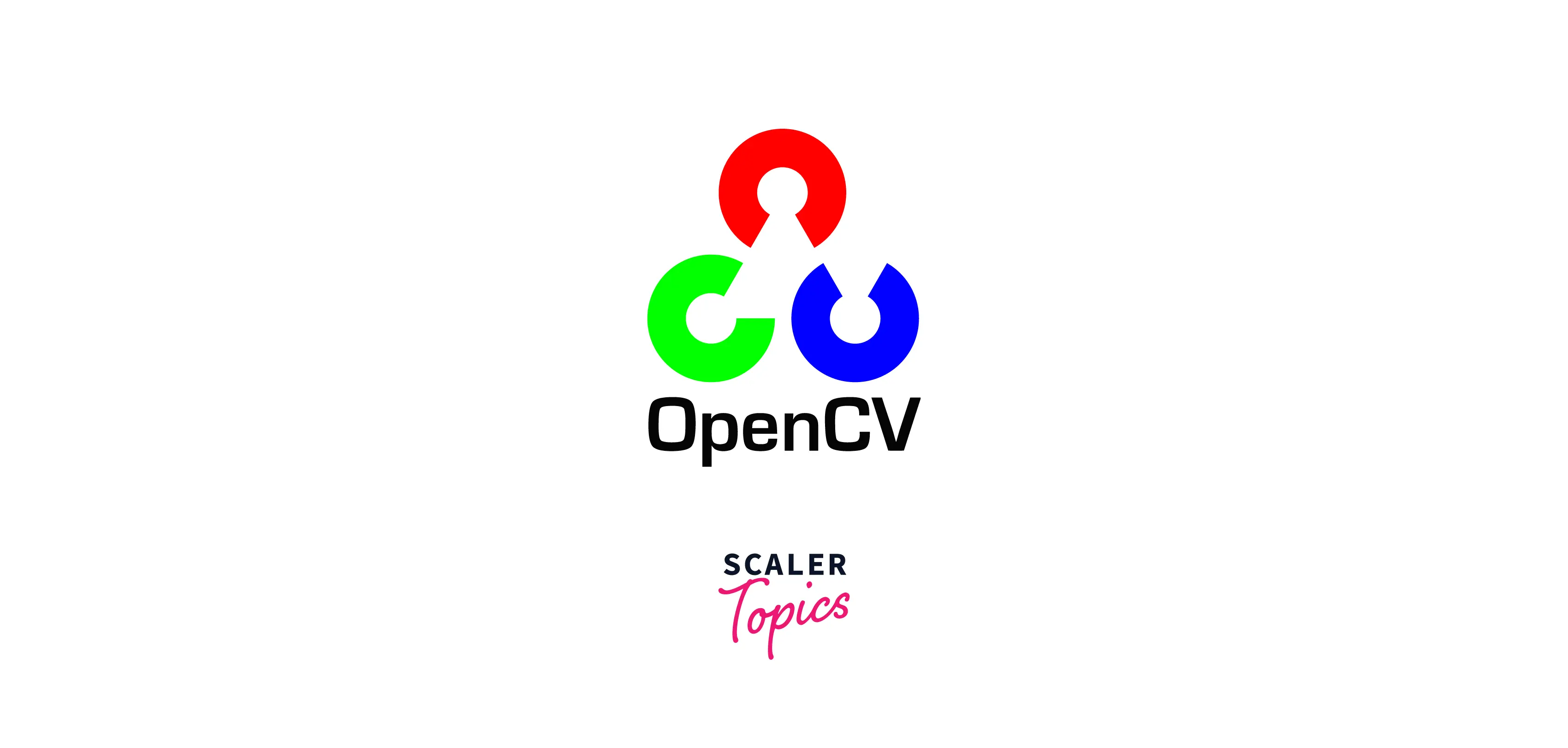
Core Functions
The core functions of OpenCV are essential for developing computer vision and machine learning applications. They provide the foundation for more advanced algorithms and functions and enable developers to efficiently manipulate and process images and matrices.
| Functions | Description |
|---|---|
| cv2.imread() | This function is used to read an image from a file and return it as a matrix. It supports various image formats, such as JPEG, PNG, and BMP. |
| cv2.imwrite() | This function is used to write an image to a file in various image formats, such as JPEG, PNG, and BMP. |
| cv2.VideoCapture() | This function is used to capture video from a camera or file and return it as a matrix. It can also be used to read video frames from a file. |
| cv2.VideoWriter() | This function is used to write video frames to a file. It can be used to create video files with various codecs and frame rates. |
| cv2.imshow() | This function in OpenCV is used to display an image in a window. It takes two arguments: the window name and the image to be displayed. |
EXAMPLE: To capture videos through a webcam in OpenCV, you can use the cv2.VideoCapture() method.

Basic Image Processing Functions
Basic Image Processing Functions are the fundamental building blocks of image processing in OpenCV. These functions allow you to perform operations such as resizing, color conversion, thresholding, filtering, and more on images.
![]()
| Function | Description |
|---|---|
| cv2.resize() | This function is used to resize an image to a specified size. It can be used to scale up or down an image. |
| cv2.cvtColor() | This function is used to convert an image from one color space to another. It supports various color spaces, such as RGB, HSV, and YUV. |
| cv2.threshold() | This function is used to threshold an image into binary form. It can be used for image segmentation and feature extraction. |
| cv2.Sobel() | This function is used to calculate the first-order derivative of an image using the Sobel operator. It can be used for edge detection and feature extraction. |
| cv2.GaussianBlur() | This function is used to apply a Gaussian blur to an image. It can be used to smooth an image and reduce noise. |
| cv2.bitwise_and() | This function is used to perform a bitwise AND operation on two images. It can be used for image masking and region selection. |
| cv2.flip() | This function is used to flip an image horizontally or vertically. It can be used for data augmentation and preprocessing. |
| cv2.addWeighted() | This function is used to blend two images. It can be used for image blending and alpha blending. |
| cv2.findContours() | This function is used to find the contours of an object in an image. It can be used for object detection, shape analysis, and more. |
These basic image processing functions are essential for many computer vision applications, such as image enhancement, feature extraction, and object detection. By using these functions in combination with higher-level algorithms and techniques, you can build powerful computer vision systems for a variety of tasks.
Below is an example use case/technique that can be implemented using image processing functions.
Contour detection is an important technique in image processing as it allows us to identify and extract the boundaries of objects within an image. Here are some reasons why contour detection is important:
- Object detection and recognition: Contours provide a convenient way to represent the shape of an object, which is useful for identifying and recognizing` objects in an image. By detecting and extracting contours, we can separate objects from the background and obtain a more accurate representation of the object's shape.
- Image segmentation: Contour detection is often used as a pre-processing step for image segmentation, which is the process of dividing an image into multiple regions or objects. By detecting the contours of objects within an image, we can create masks that isolate these objects from the rest of the image, making segmentation easier and more accurate.
- Feature extraction: Contours can also be used to extract various features of objects within an image, such as area, perimeter, and orientation. These features can be used to distinguish objects from each other or to classify them based on certain characteristics.
- Shape analysis: Contours can provide a way to analyze the shapes of objects within an image, such as measuring the circularity or convexity of an object. This can be useful in a variety of applications, such as quality control or biometric analysis.
Here is the implementation of Contours Detection
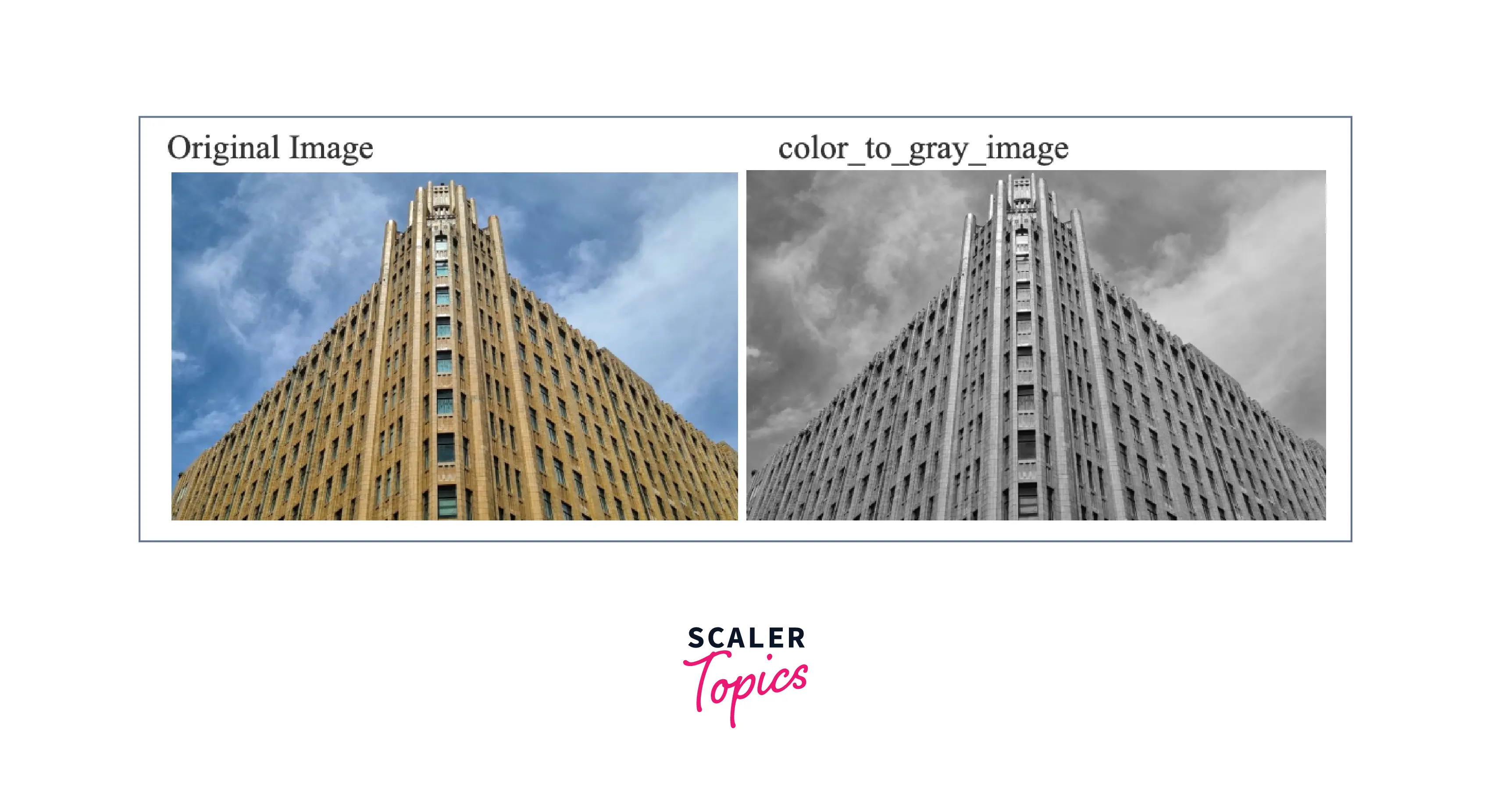
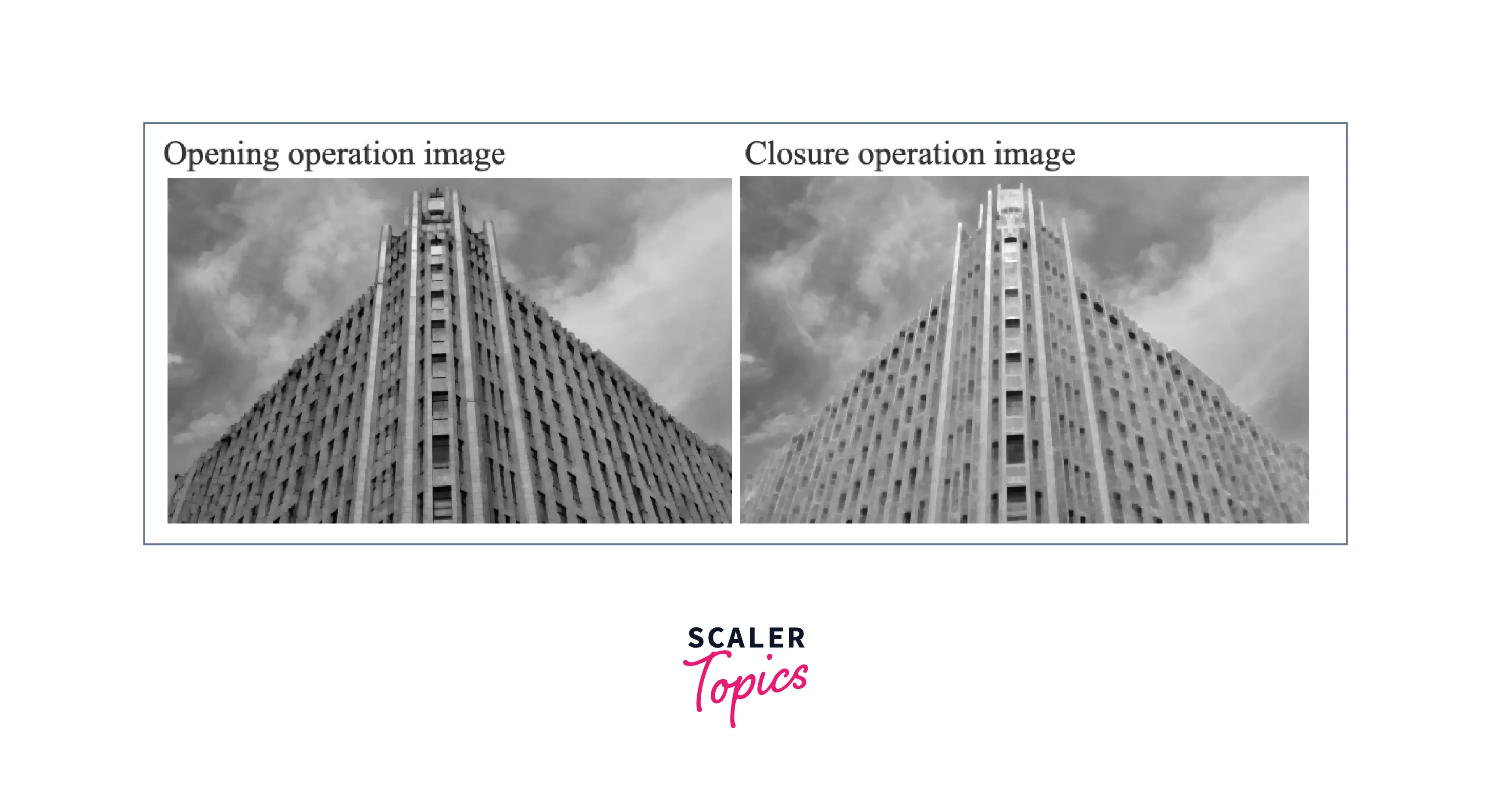
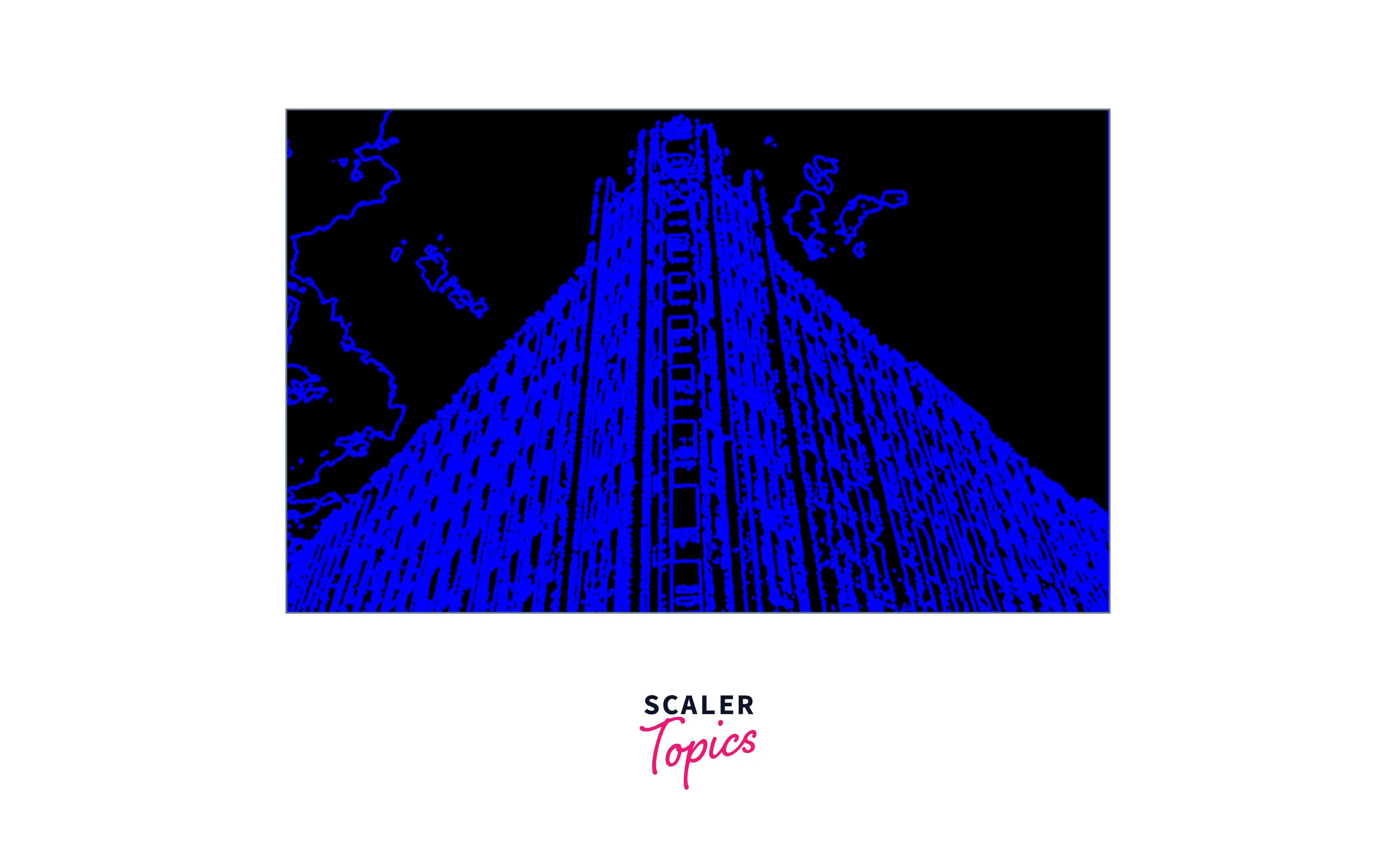
Contour detection after the morphological operation(opening/closing)
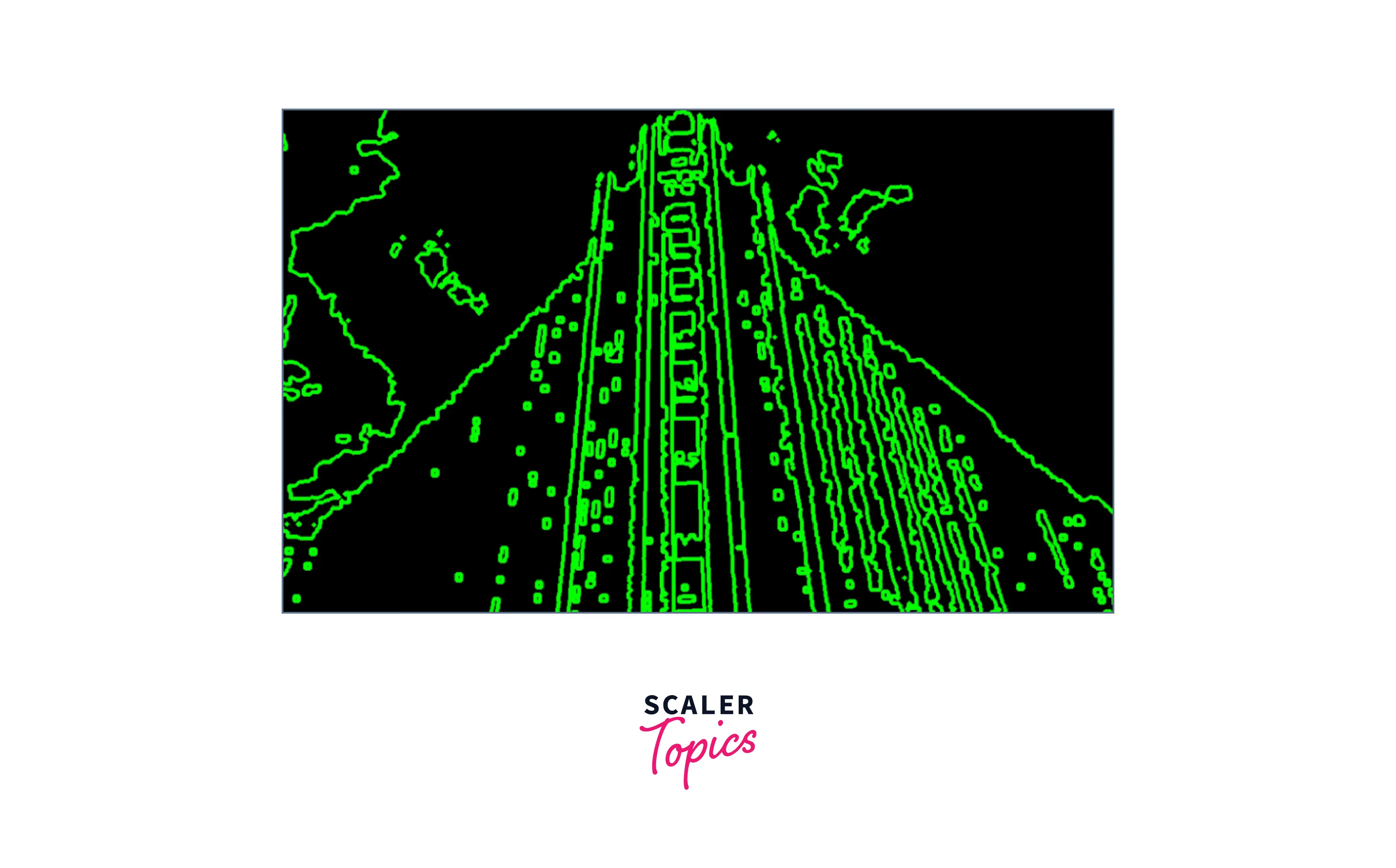
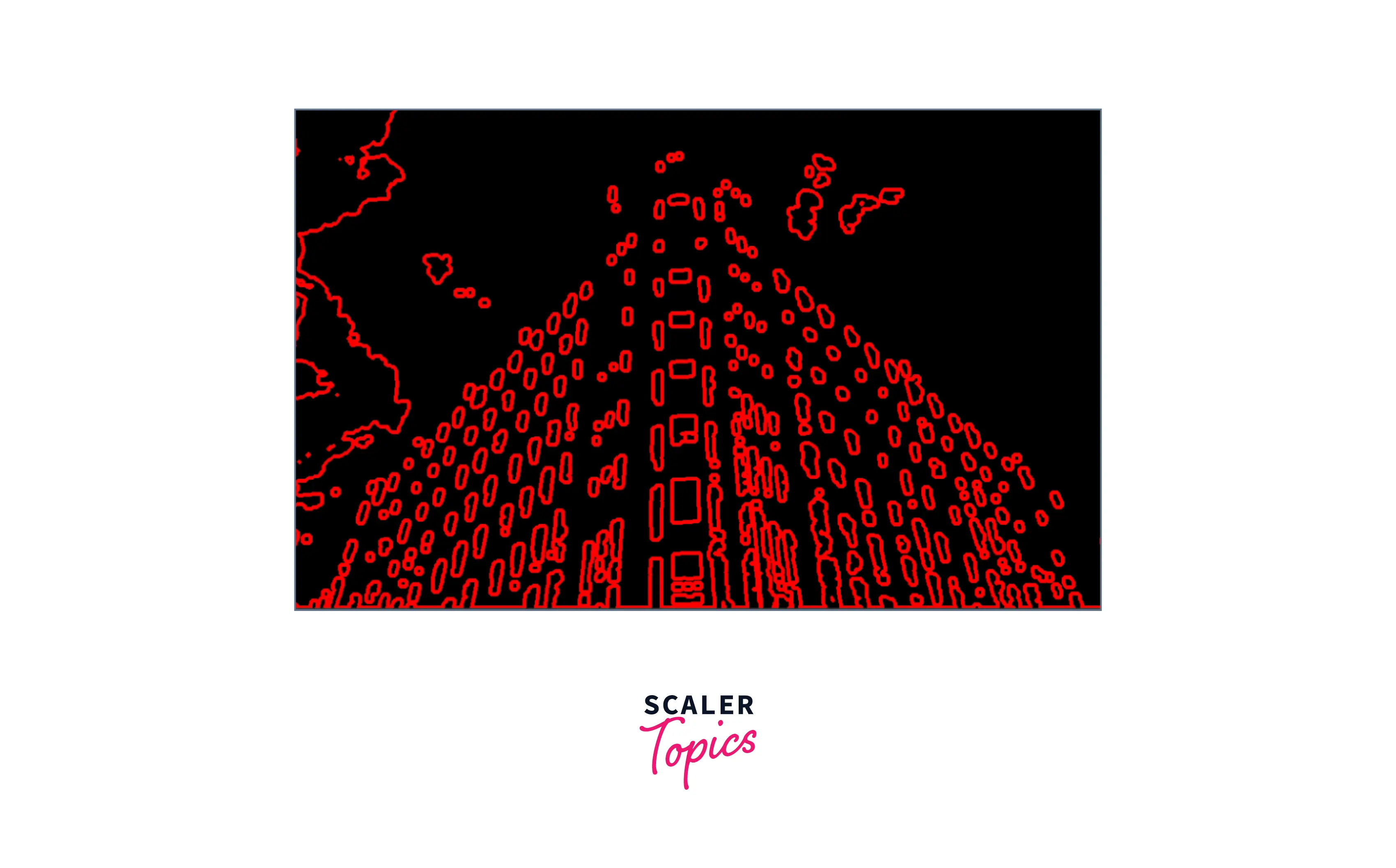
Conclusion
- Core functions such as cv::imread(), cv::imwrite(), cv::VideoCapture(), and cv::VideoWriter() are the fundamental building blocks of image processing in OpenCV.
- Basic Image Processing Functions such as cv::resize(), cv::cvtColor(), and cv::threshold() are essential for image processing tasks such as resizing, color conversion, and thresholding.
- These functions can be used in combination with higher-level algorithms and techniques to build powerful computer vision systems for a variety of tasks.
- OpenCV is a widely-used and powerful open-source library for computer vision and image processing.
- Understanding and mastering these functions is essential for anyone working with computer vision and image processing applications.
